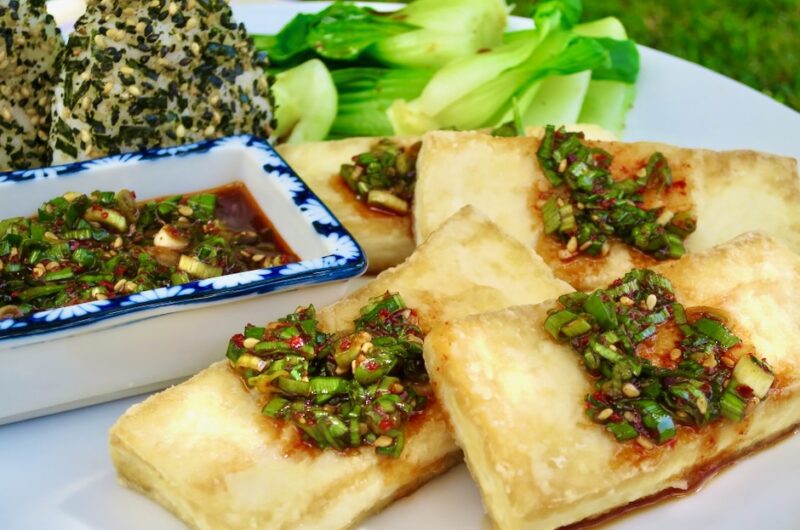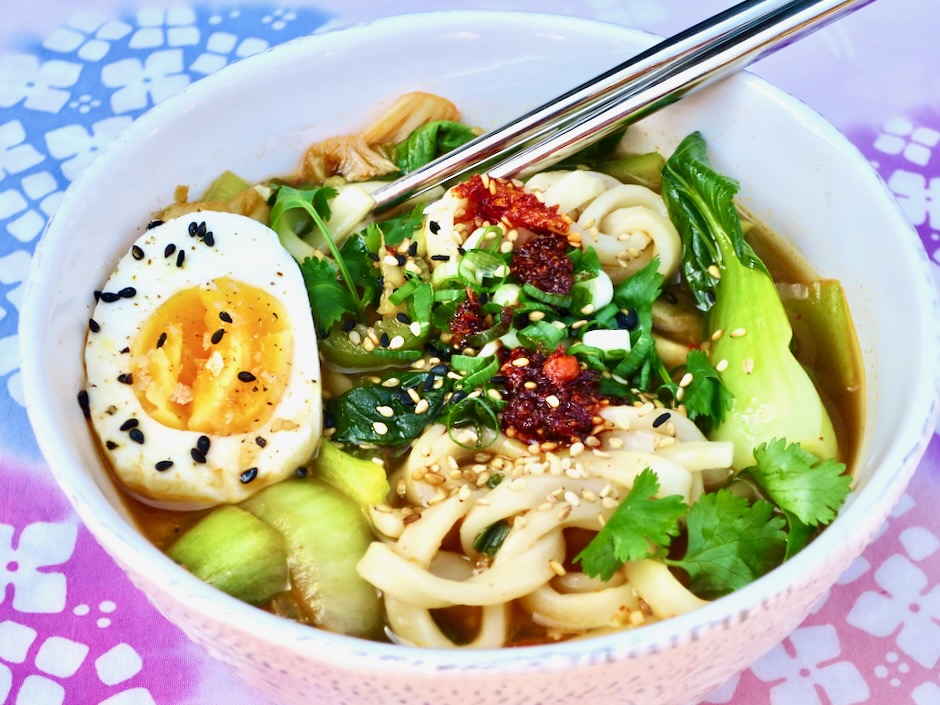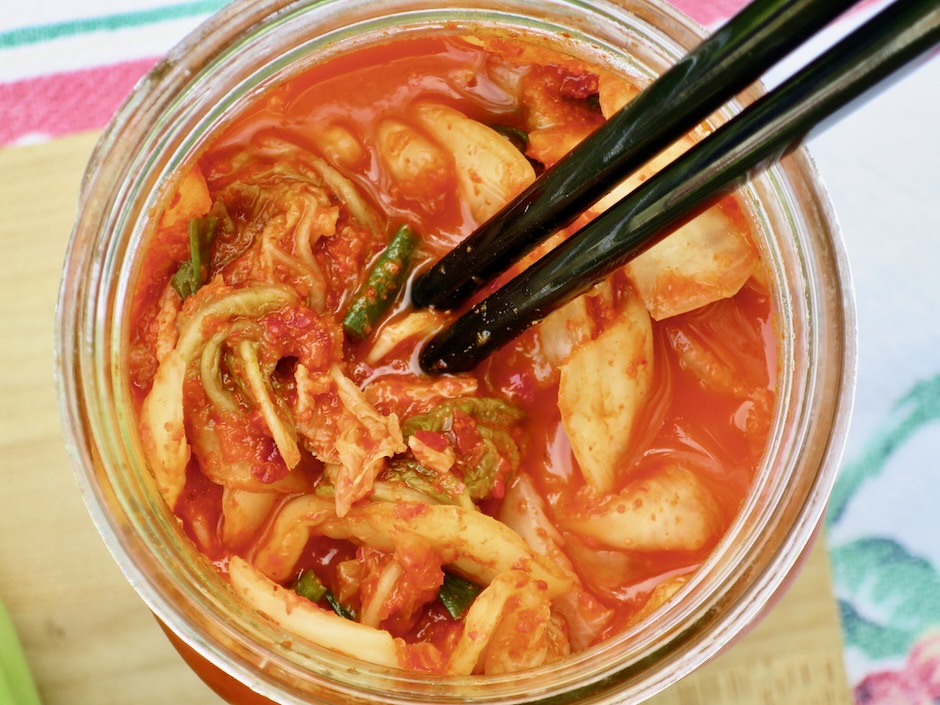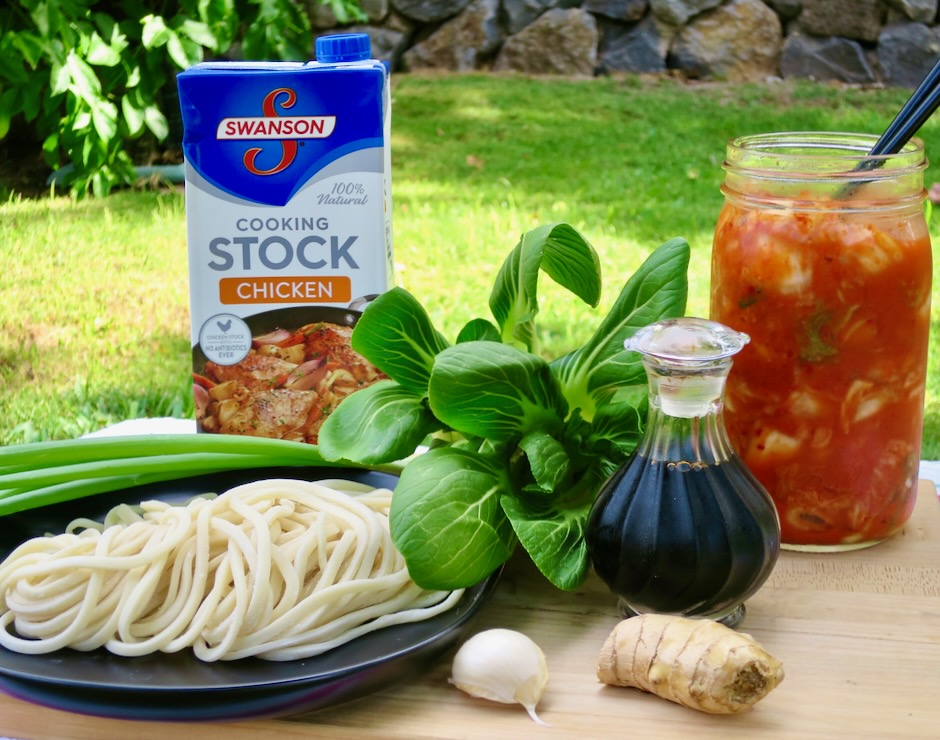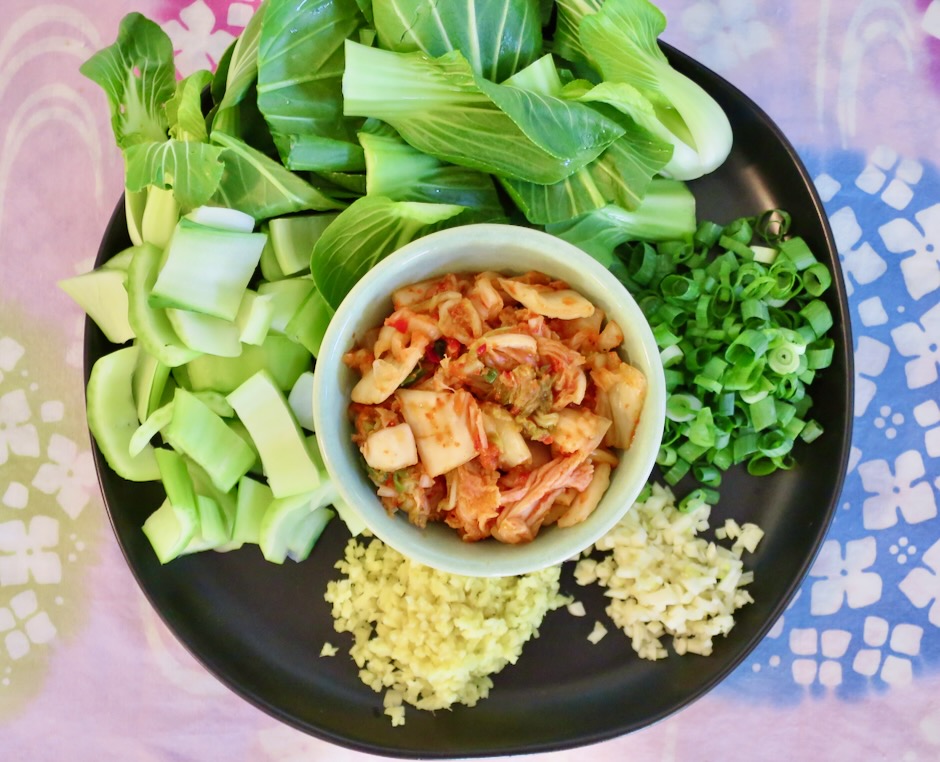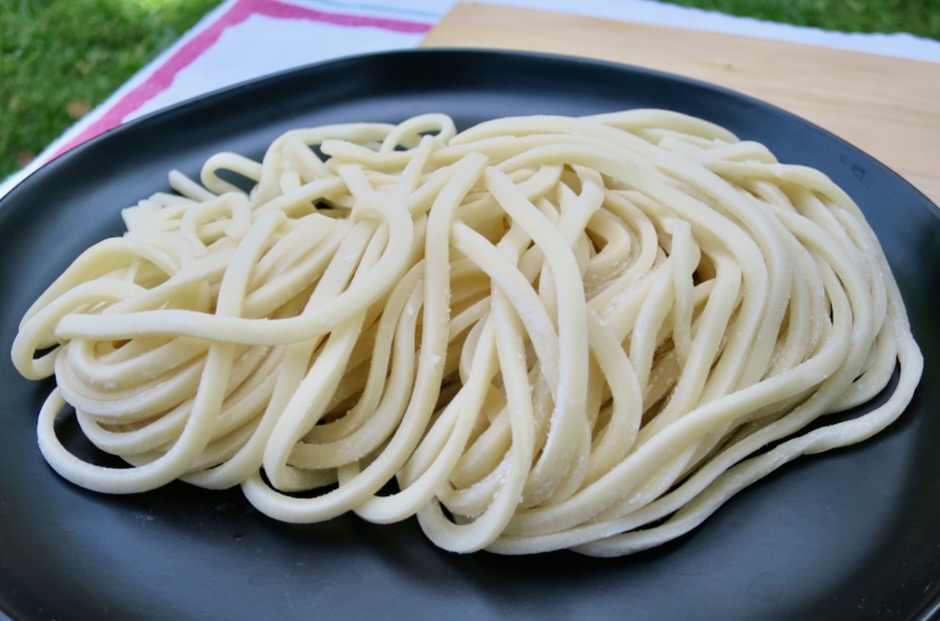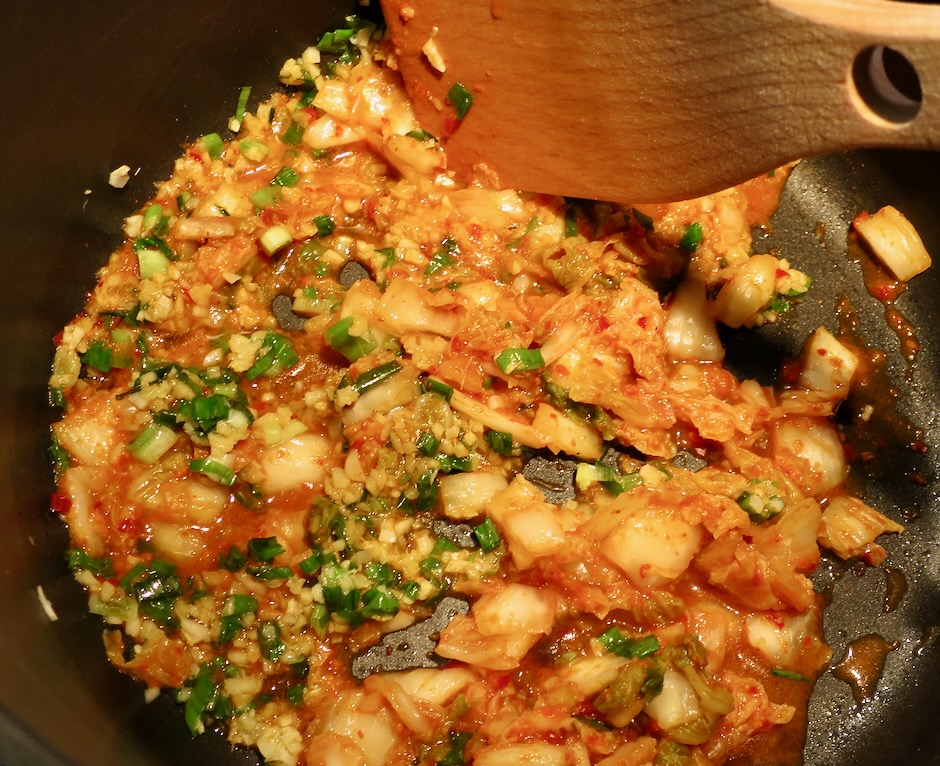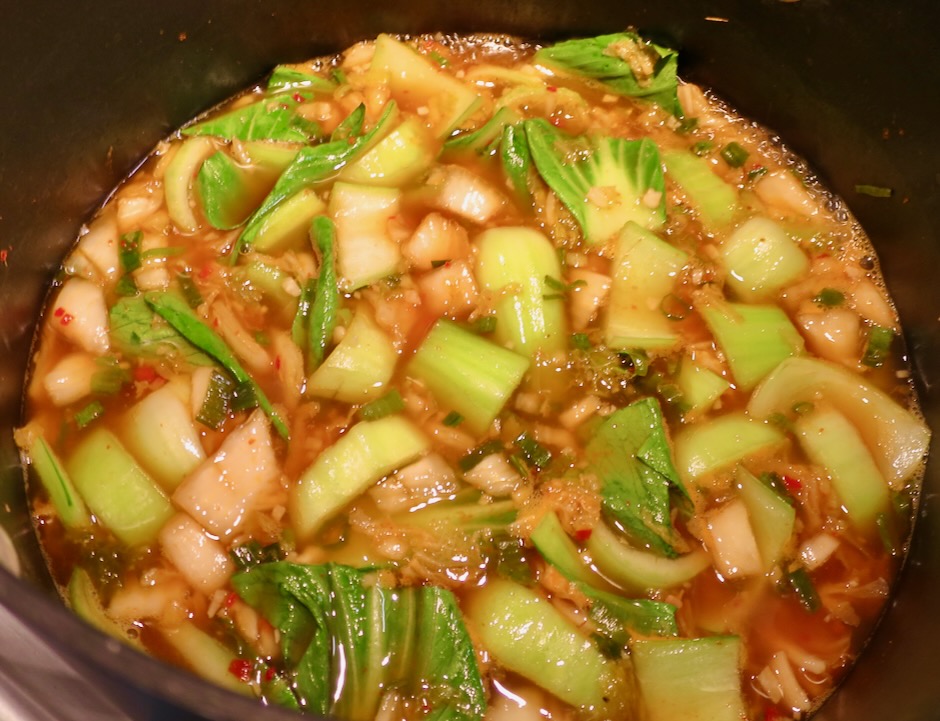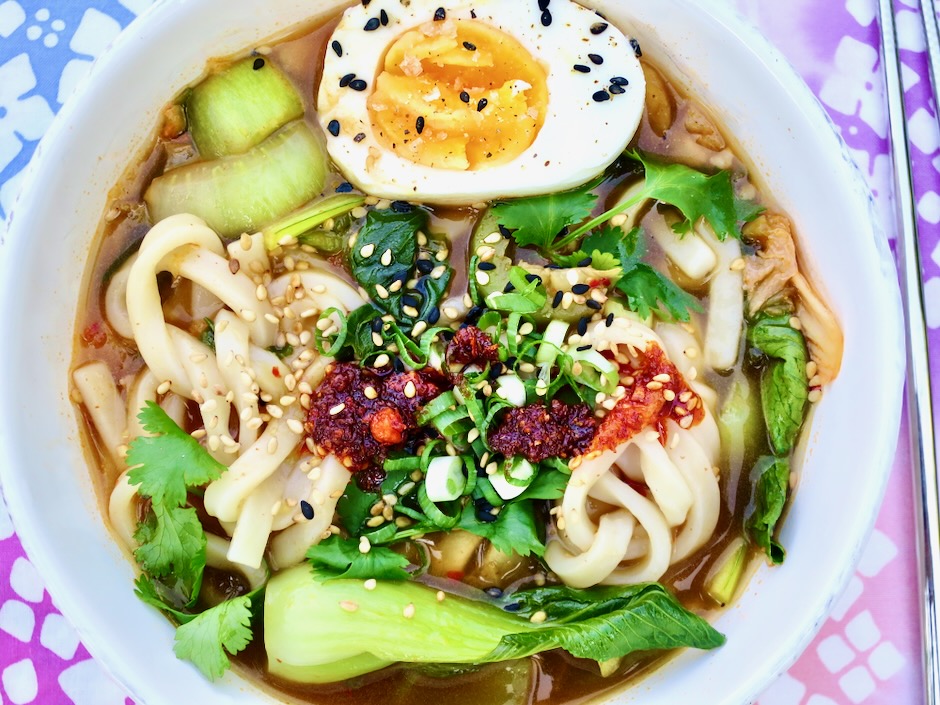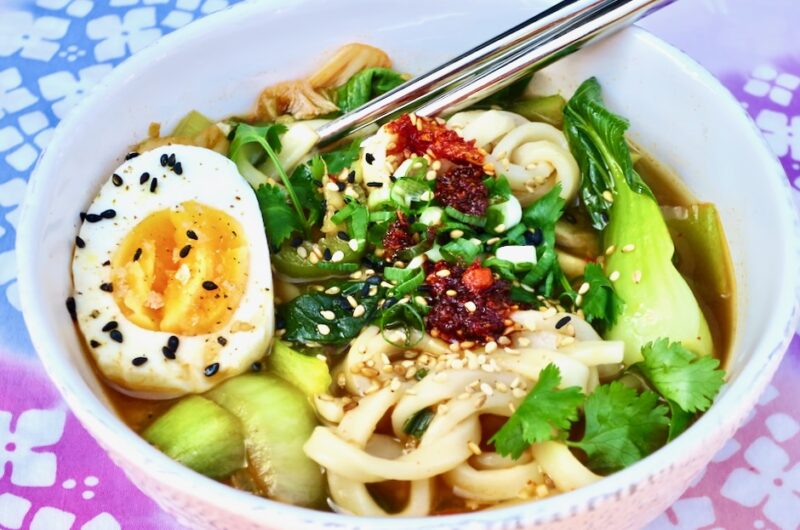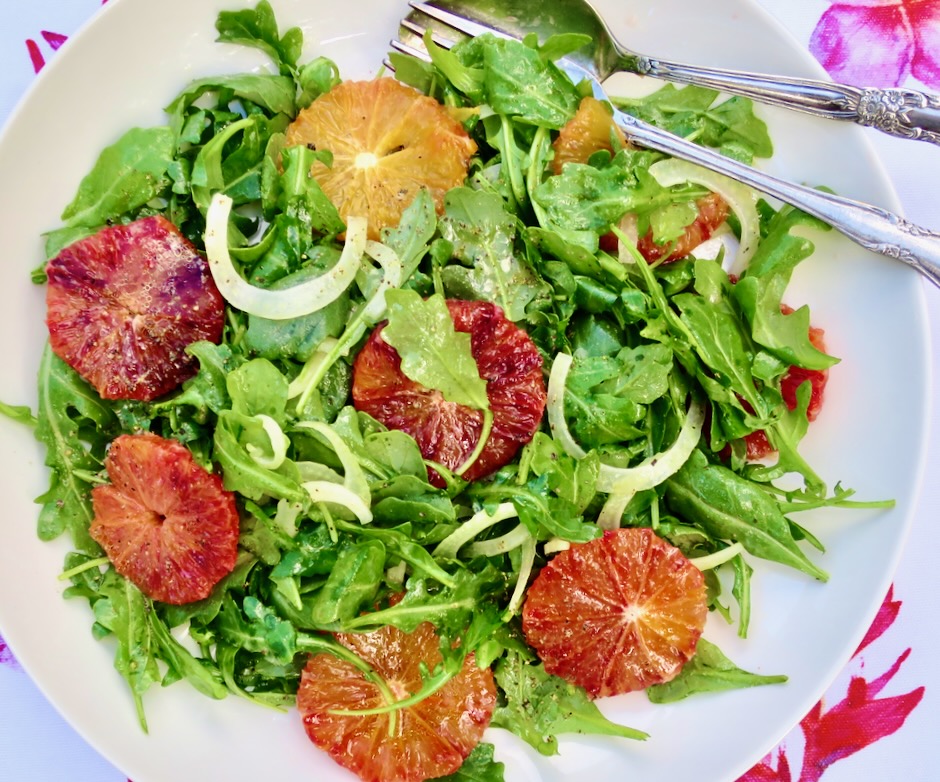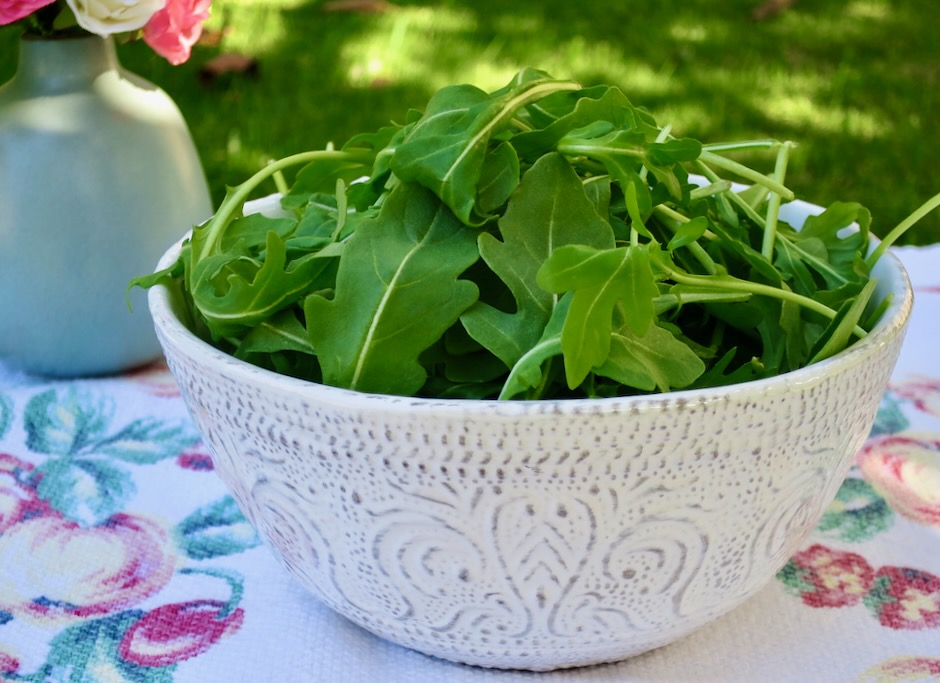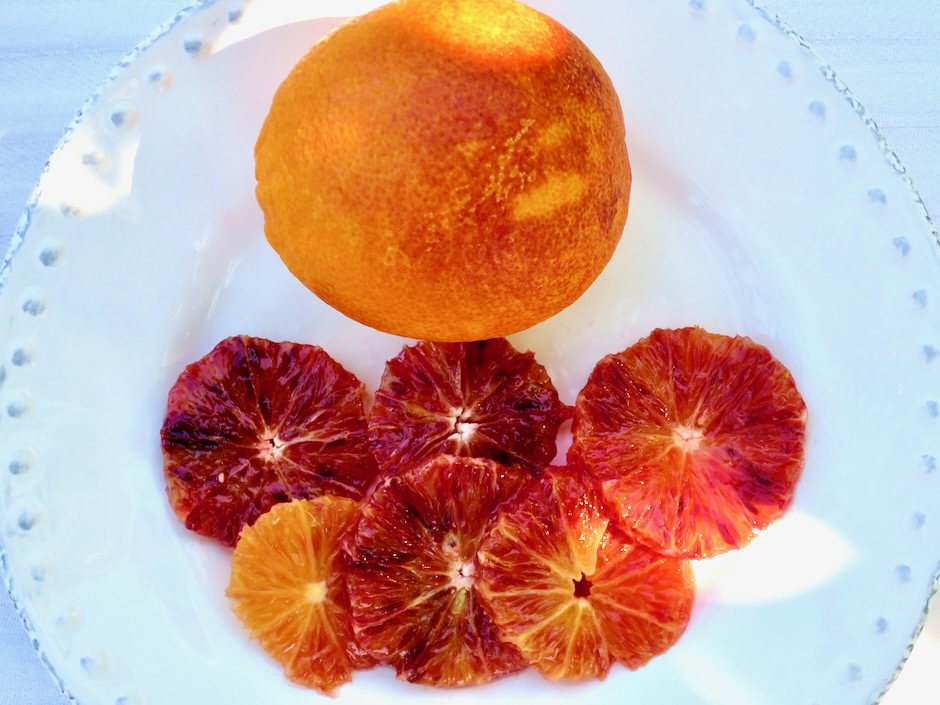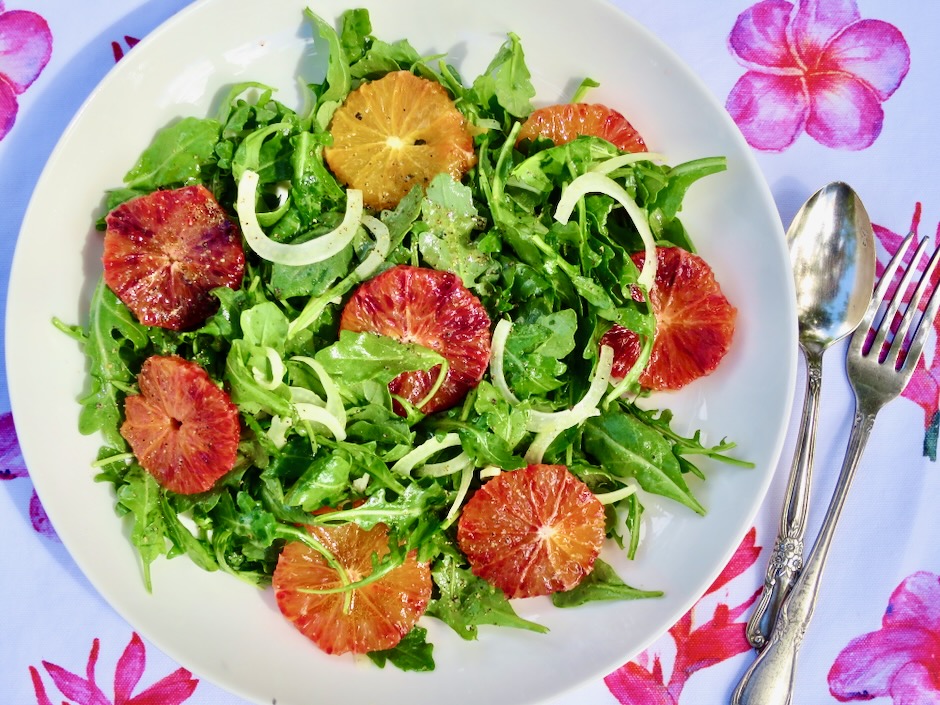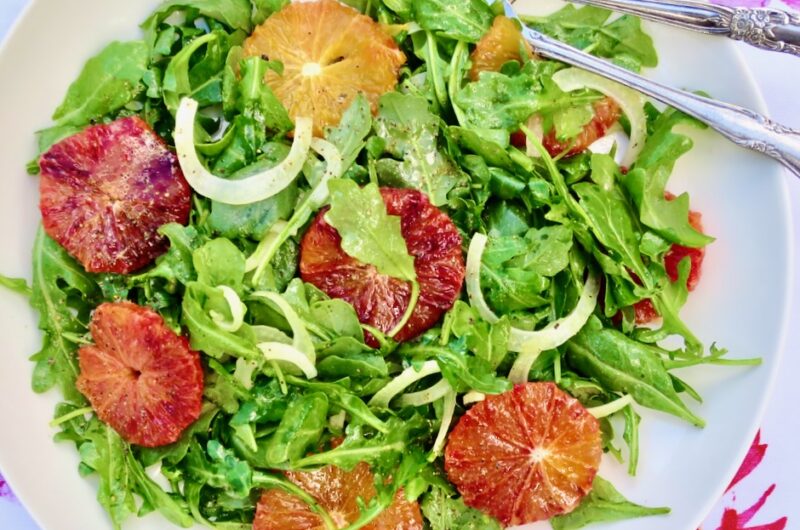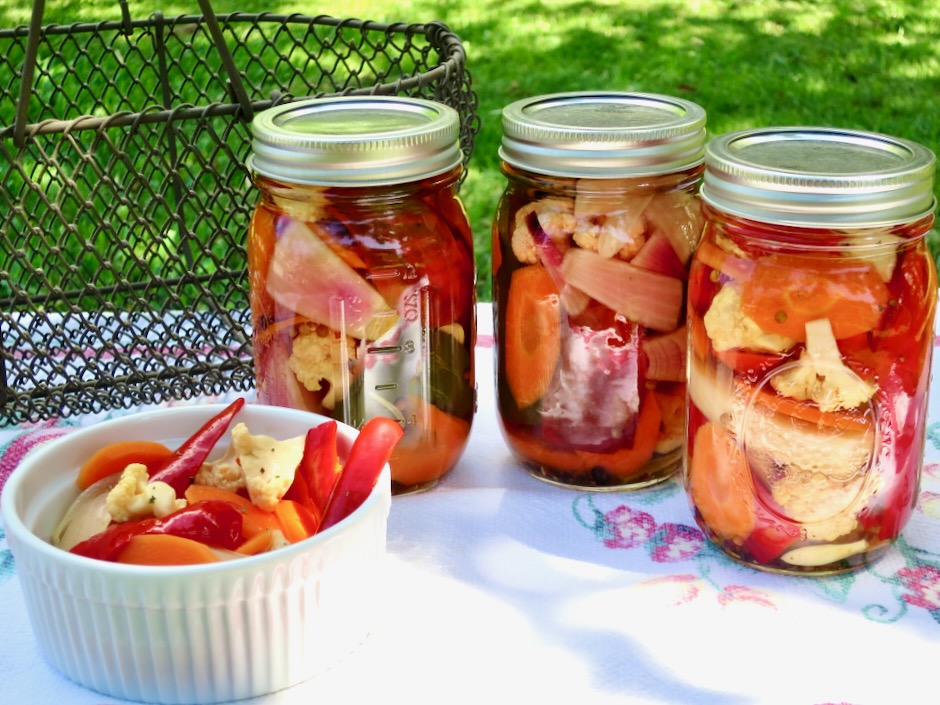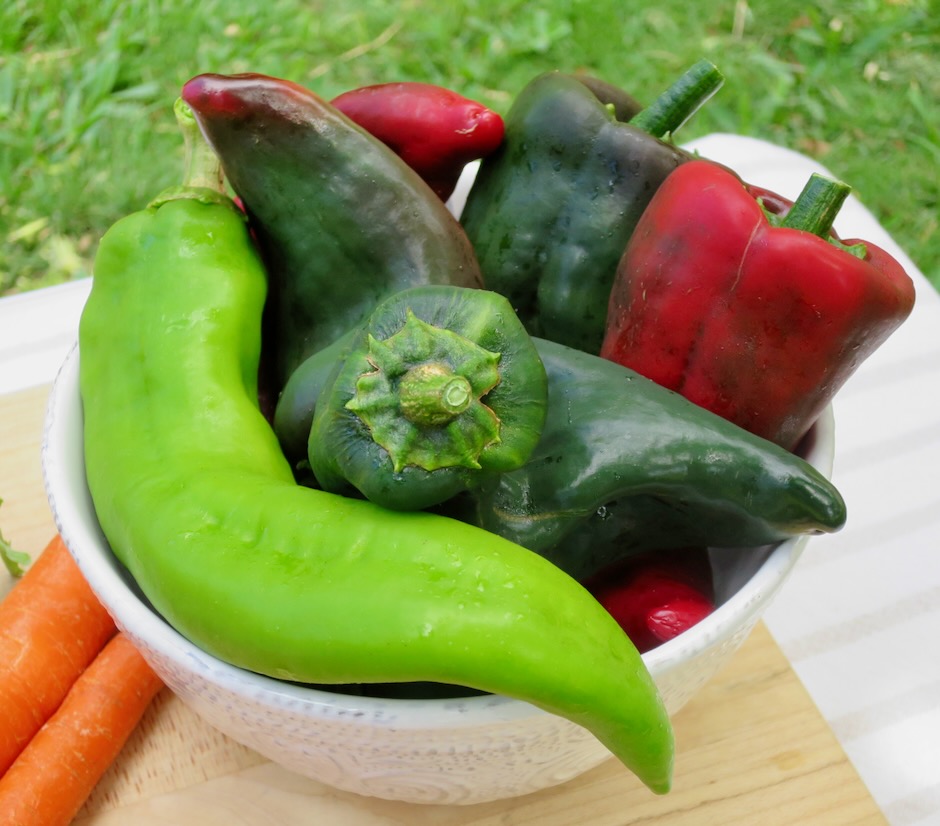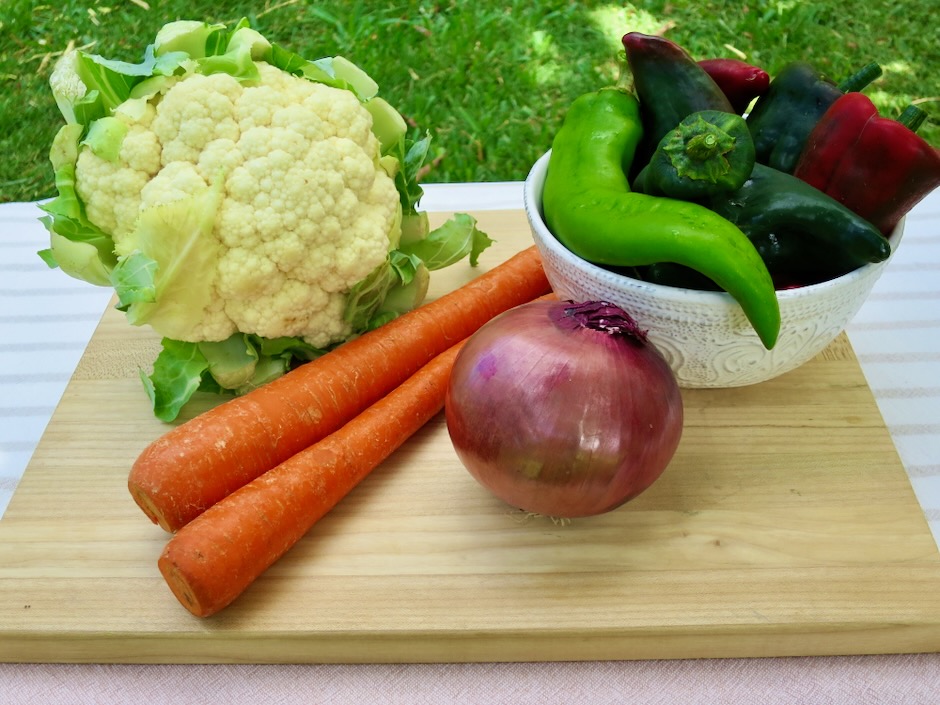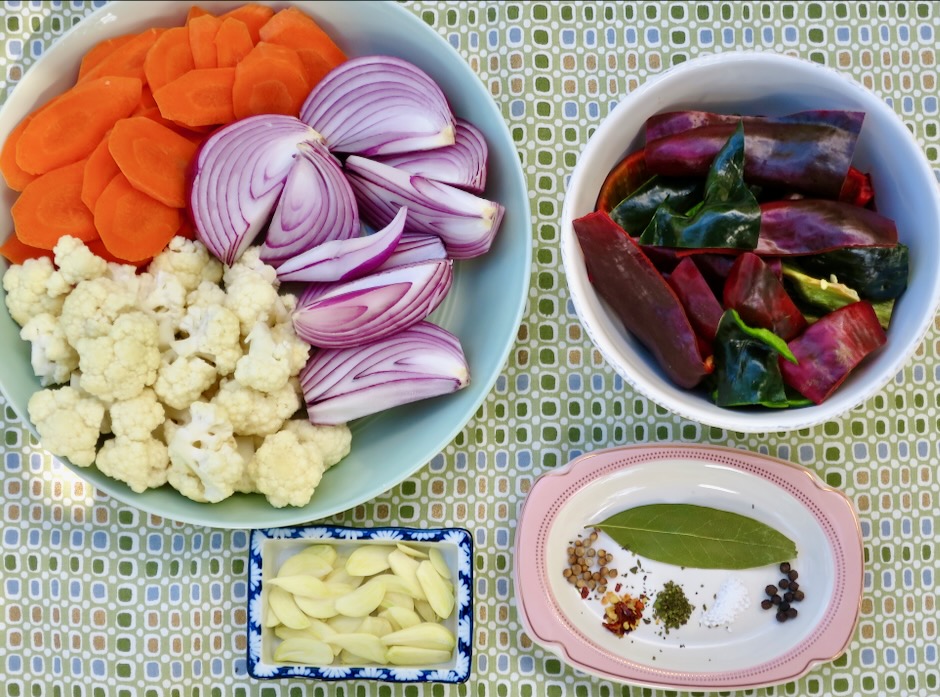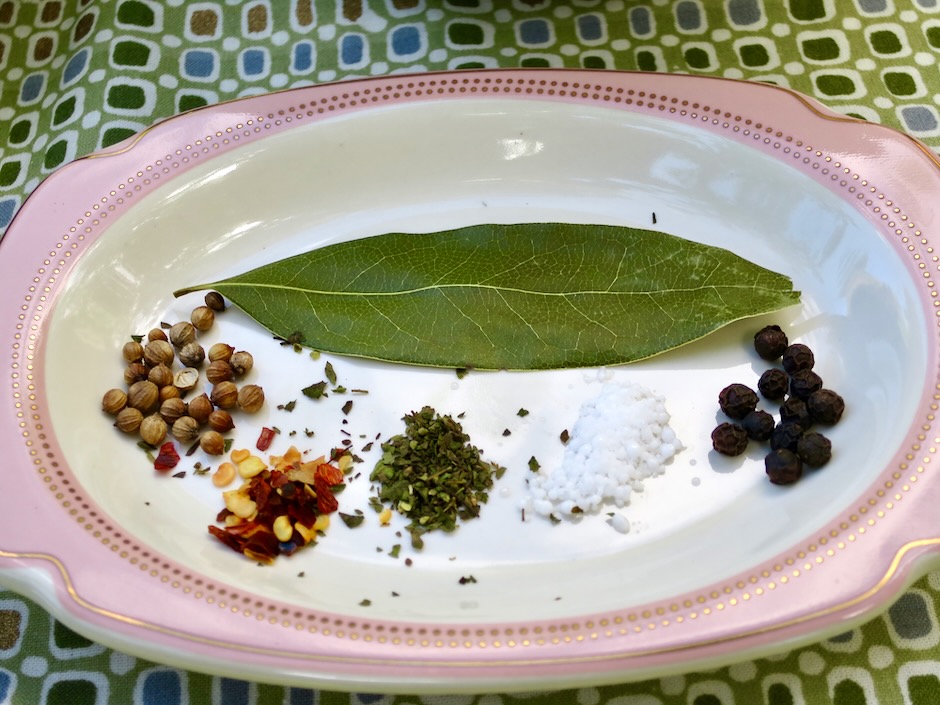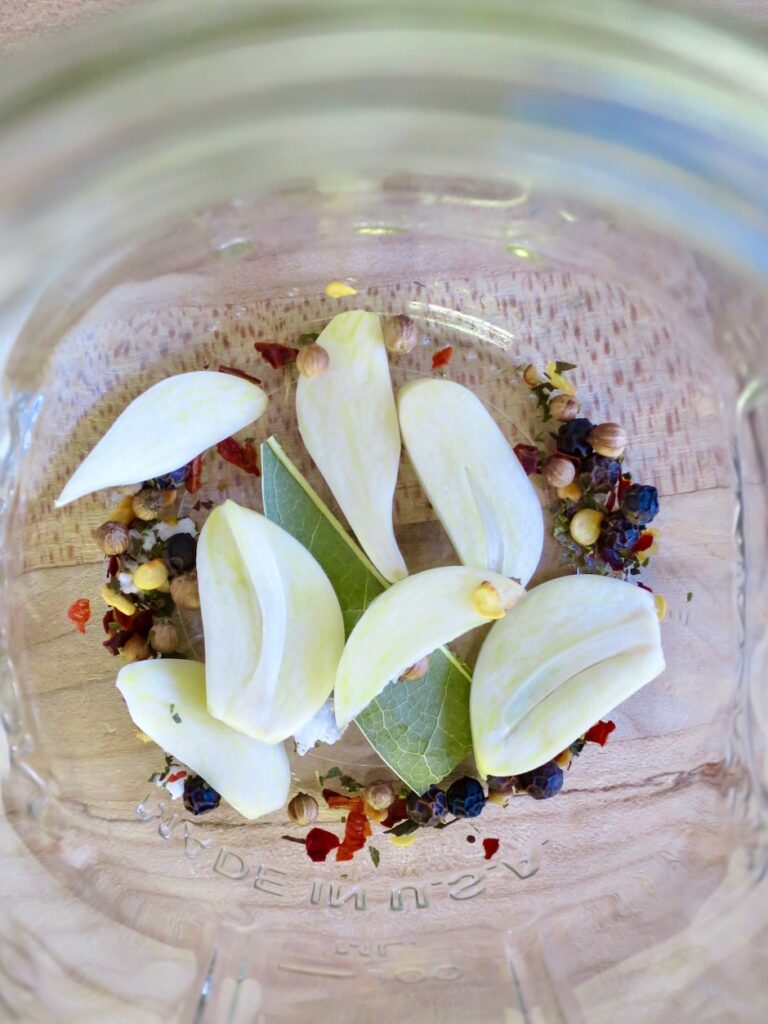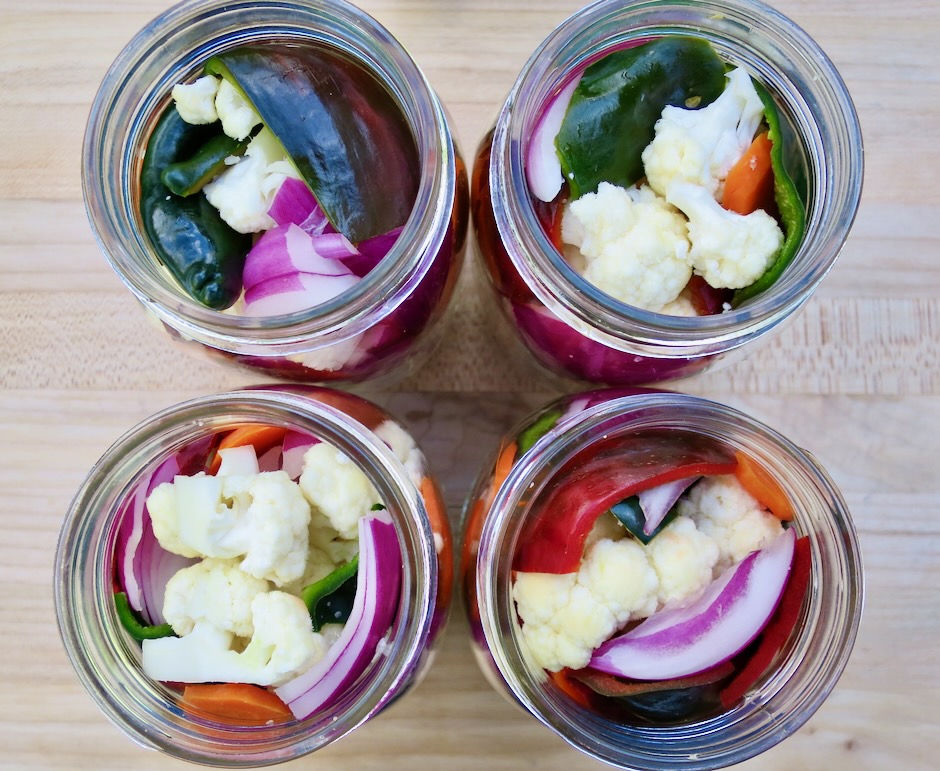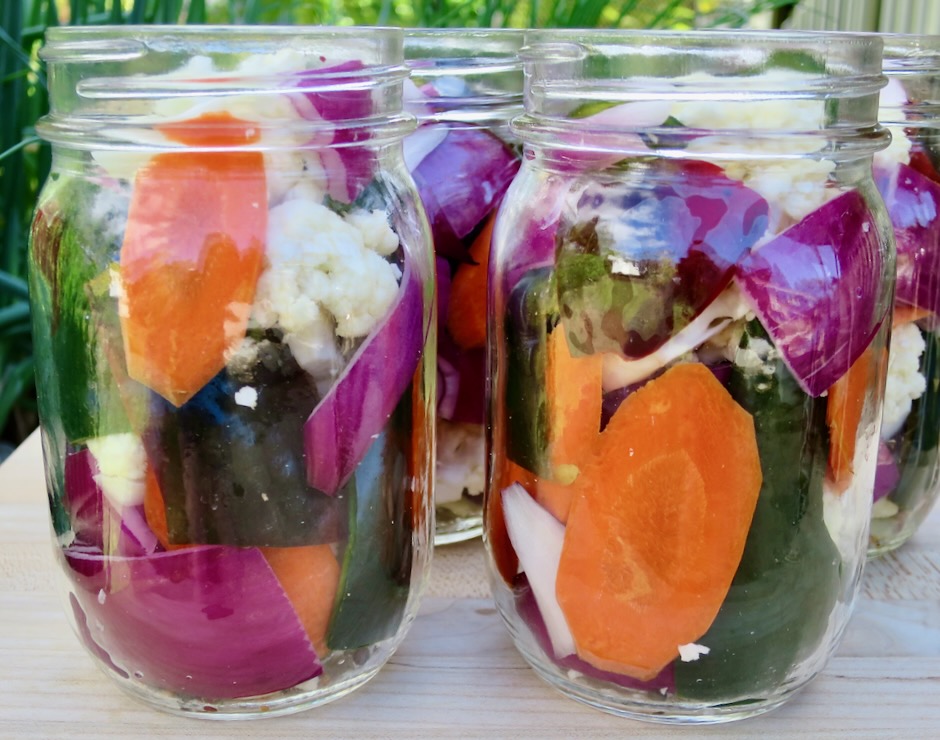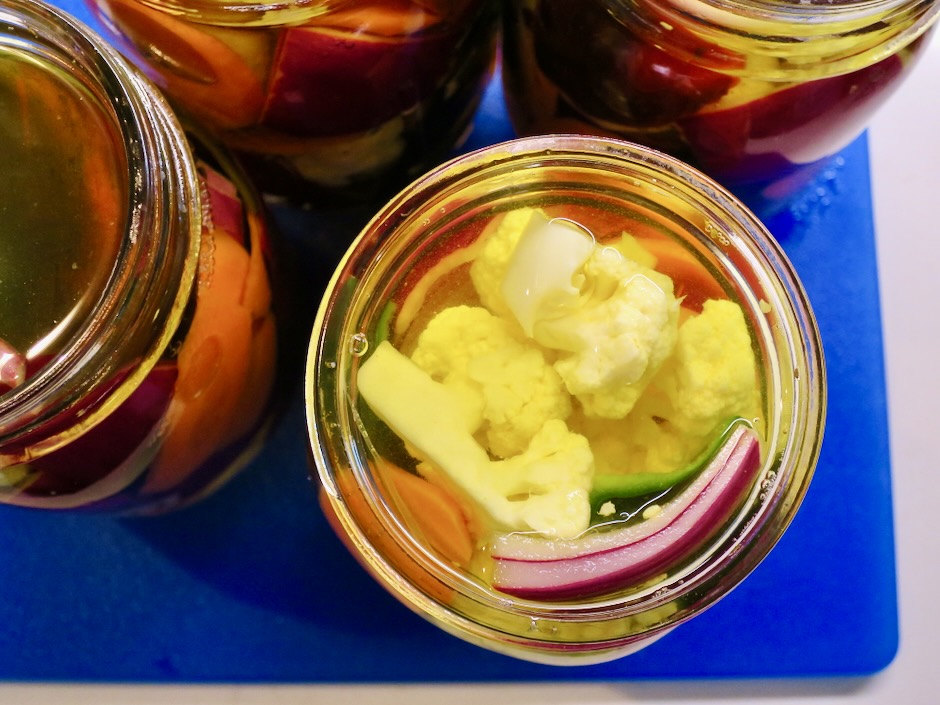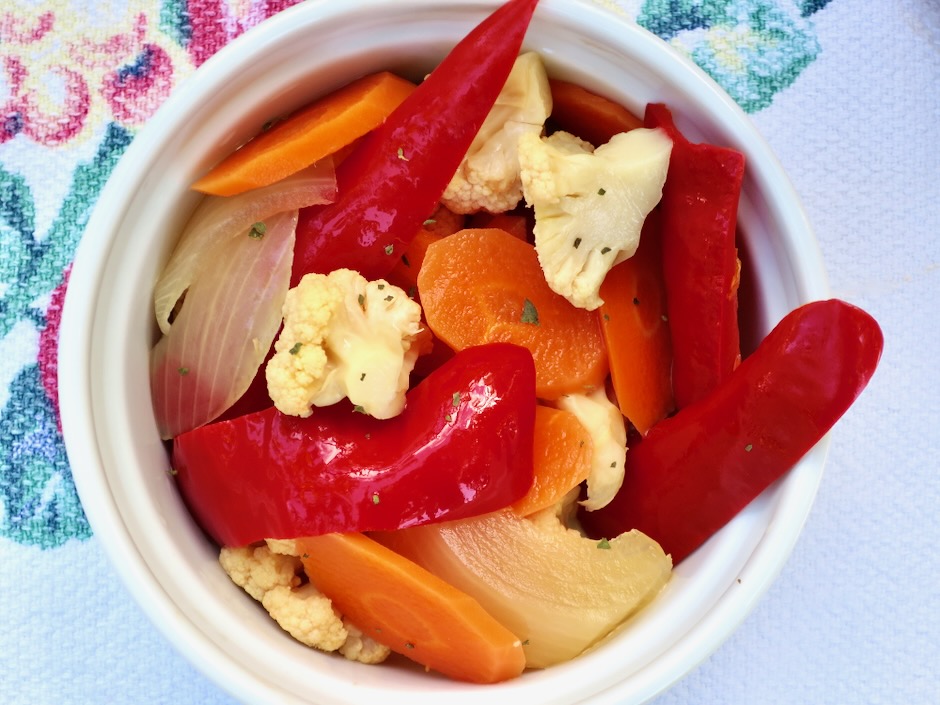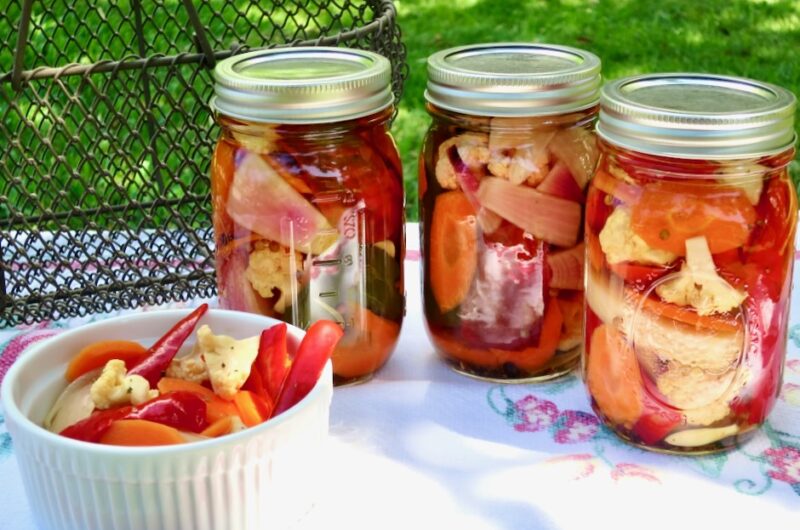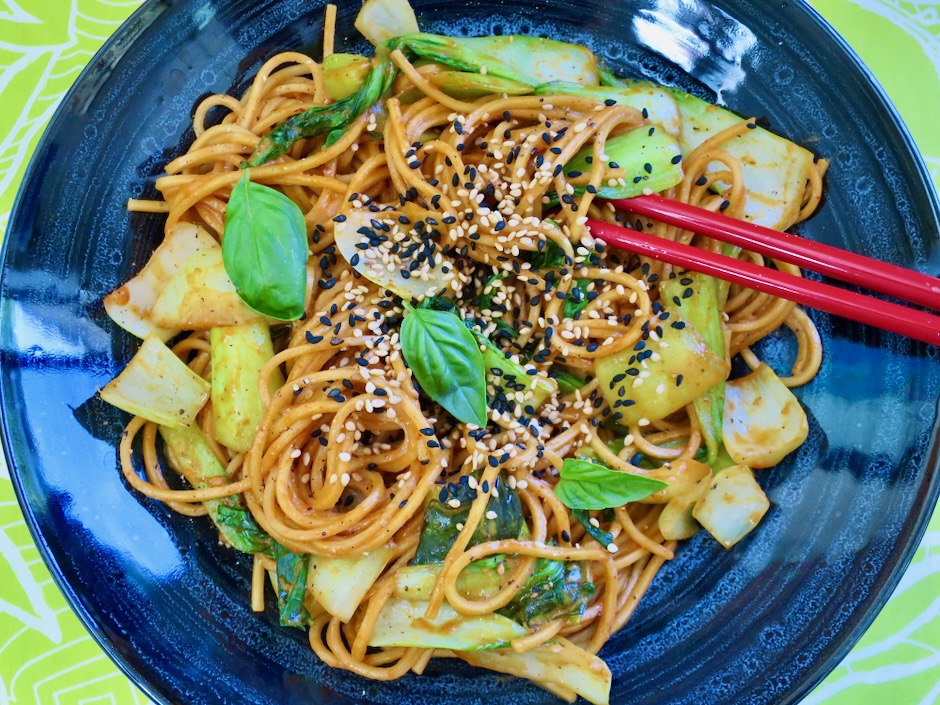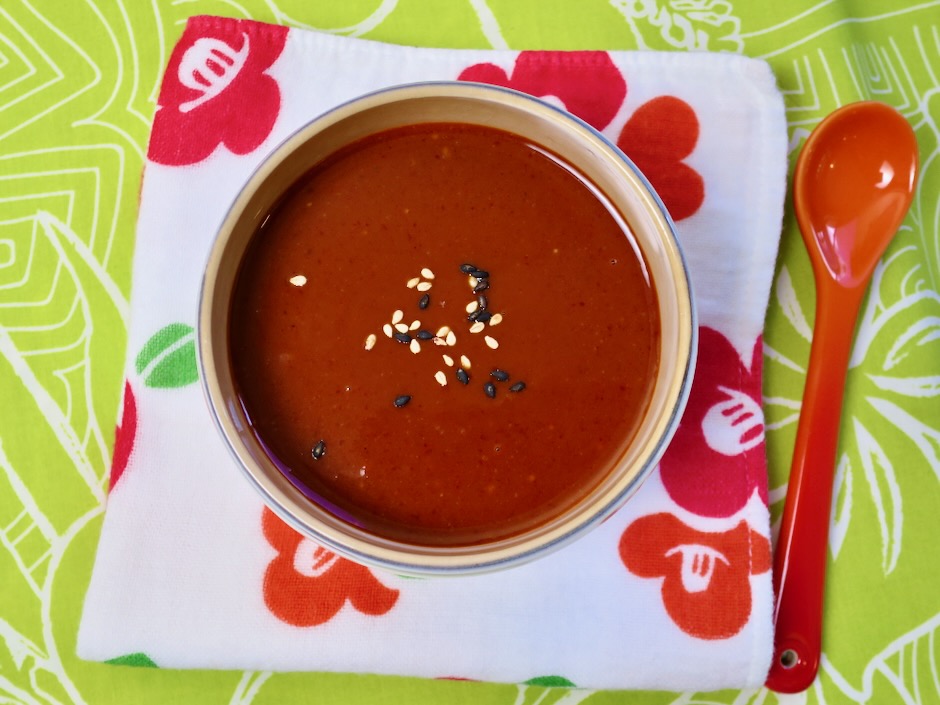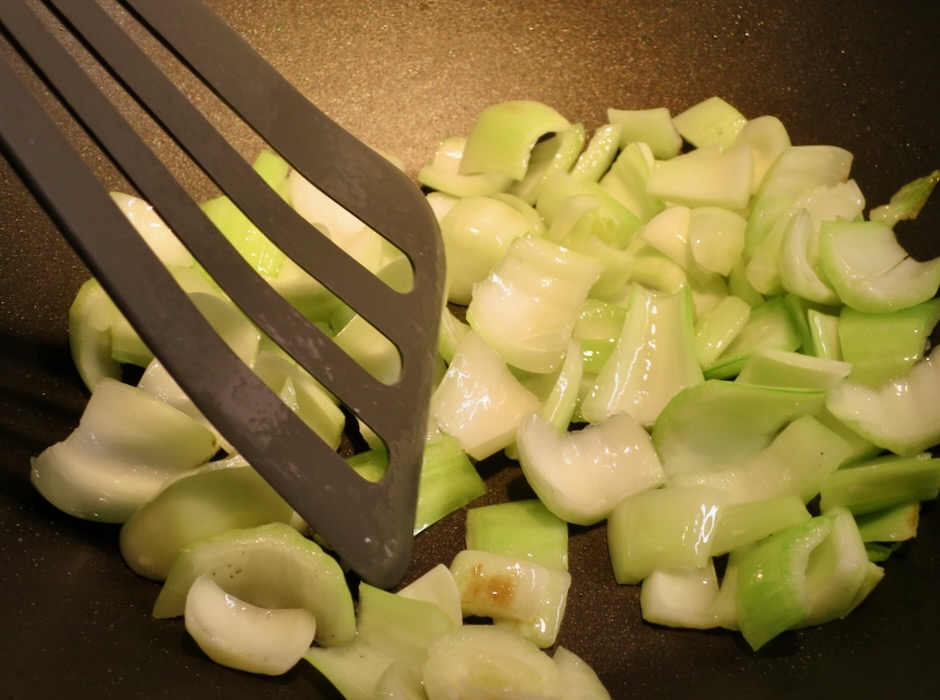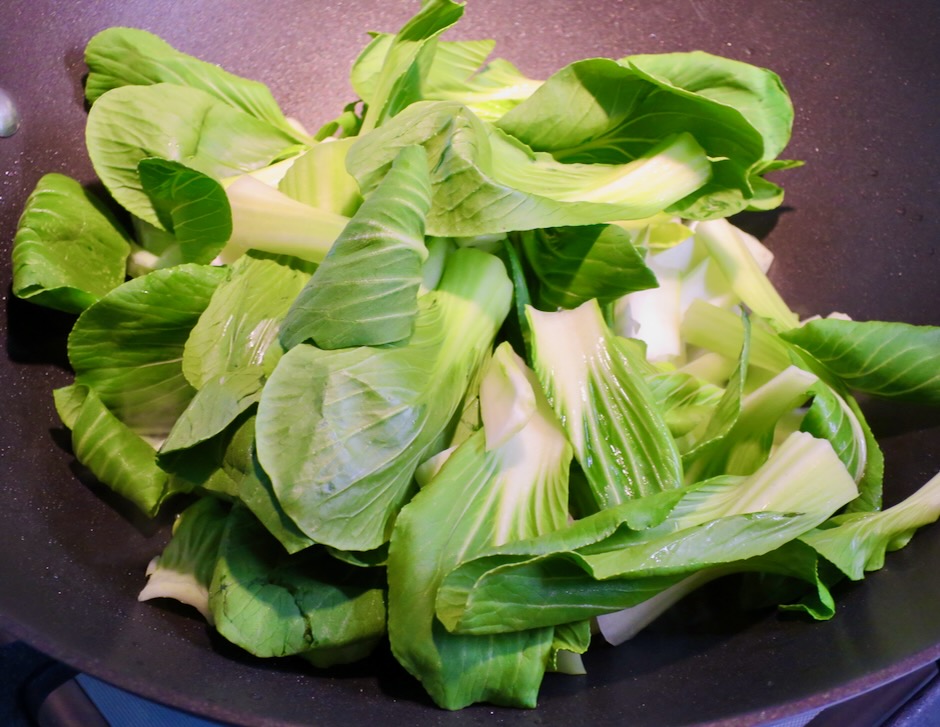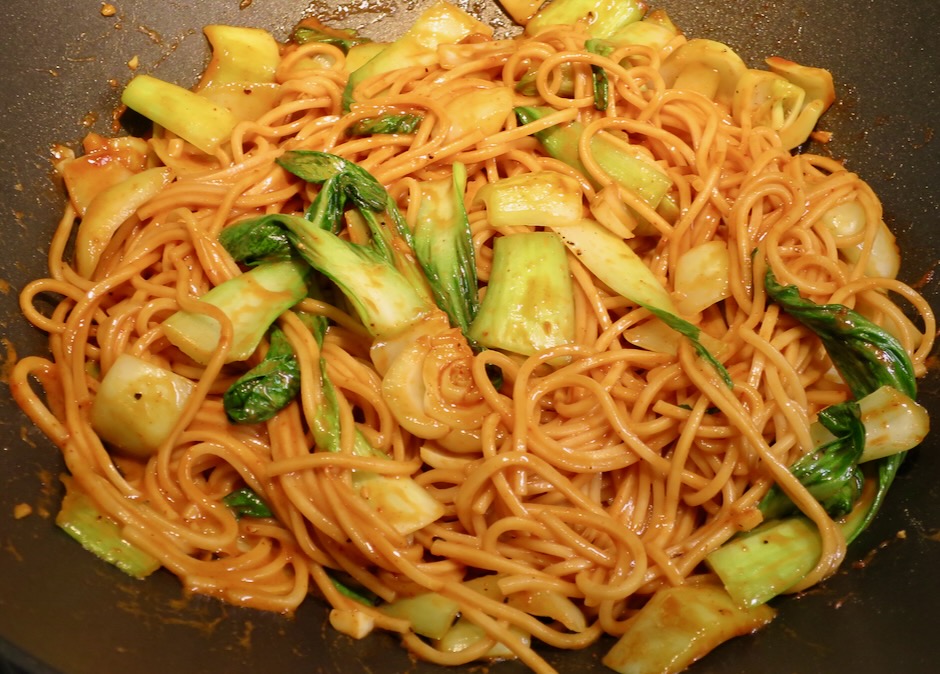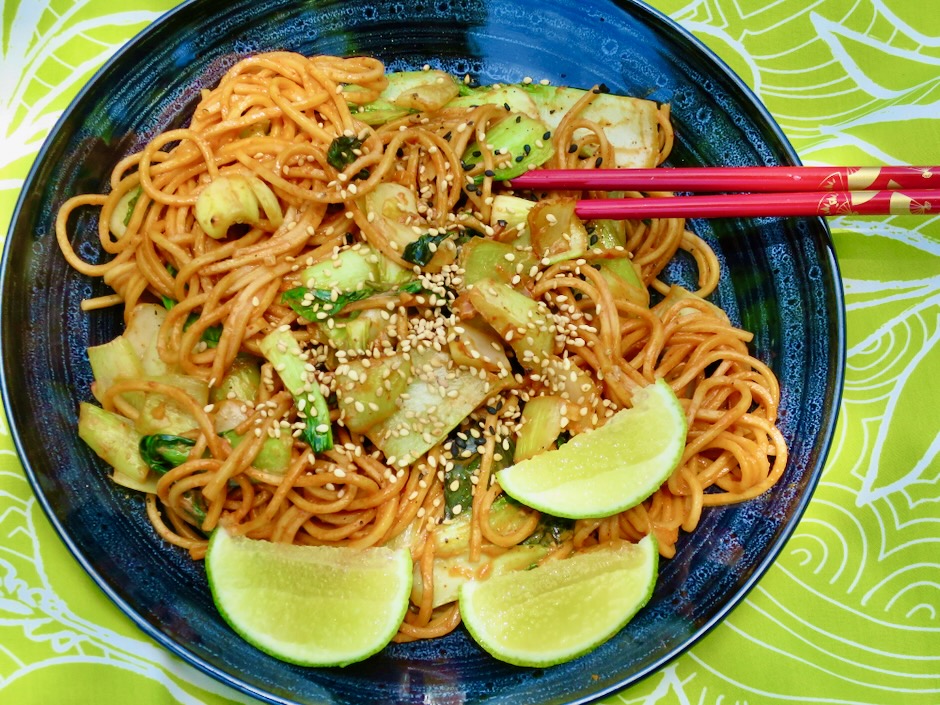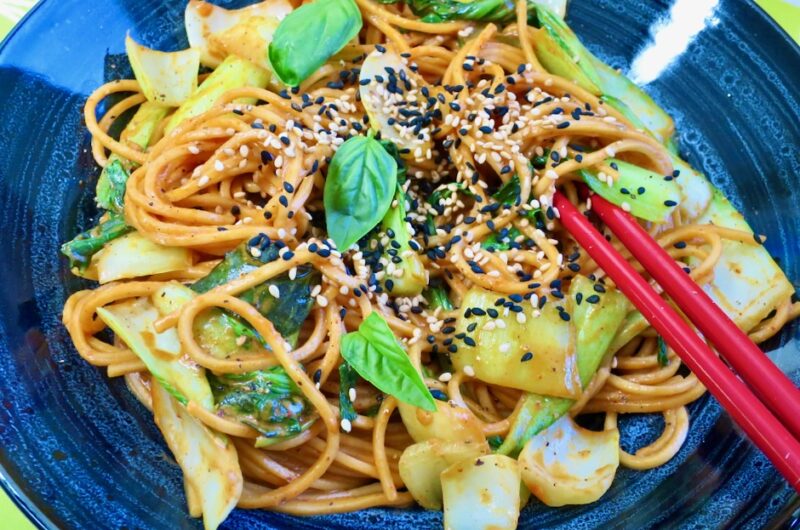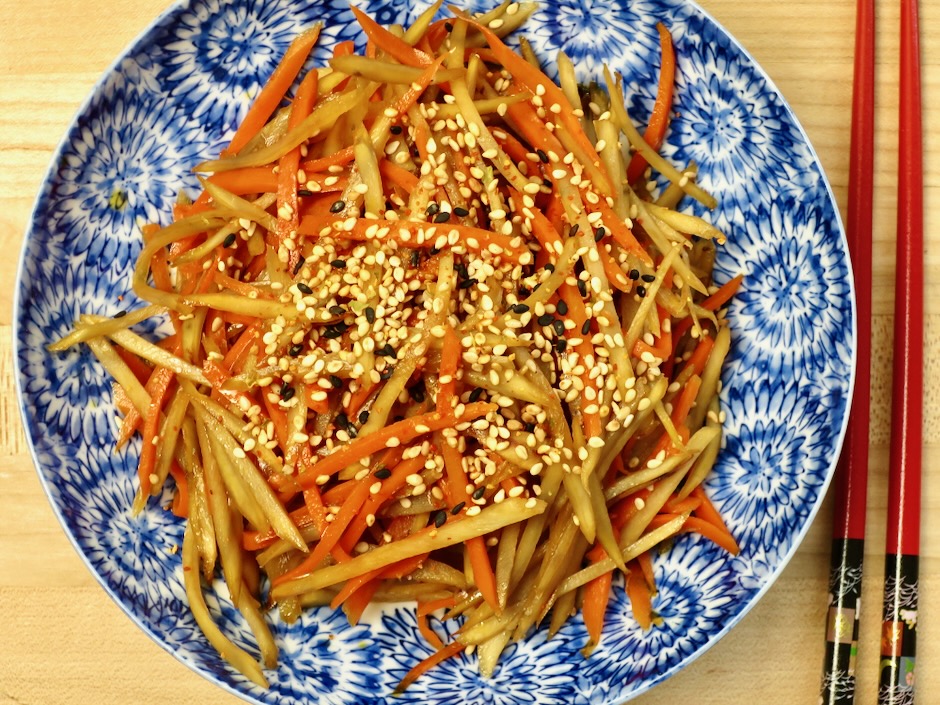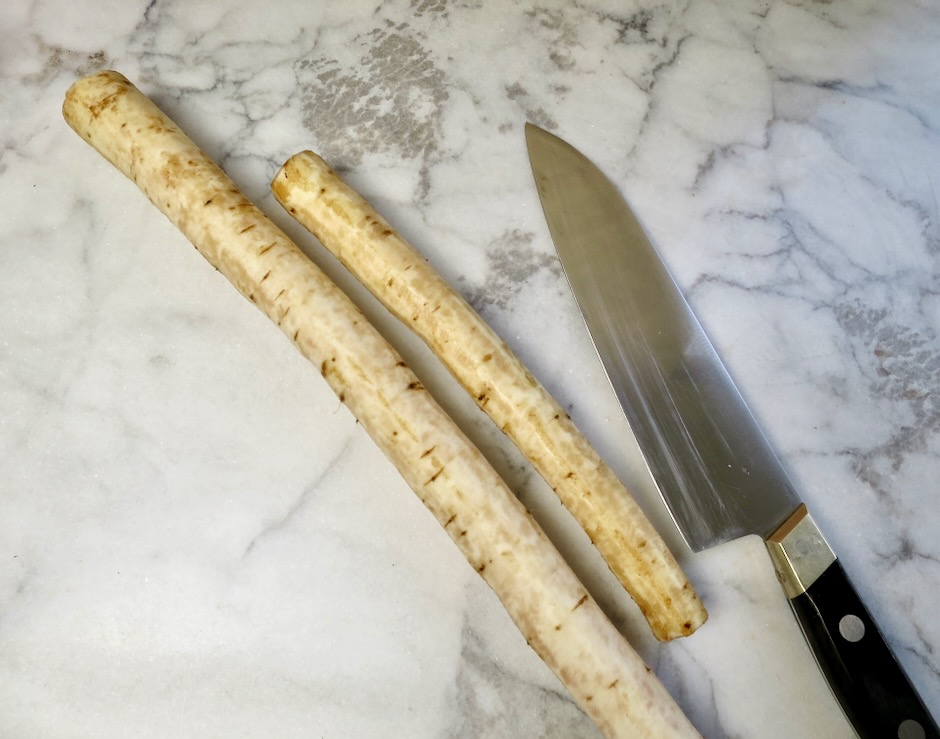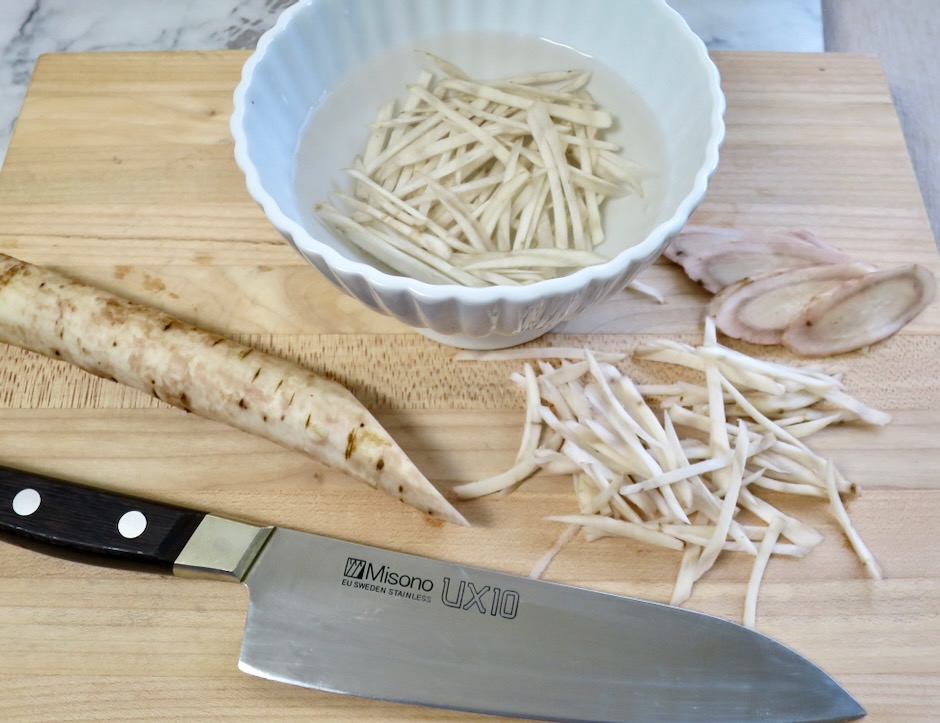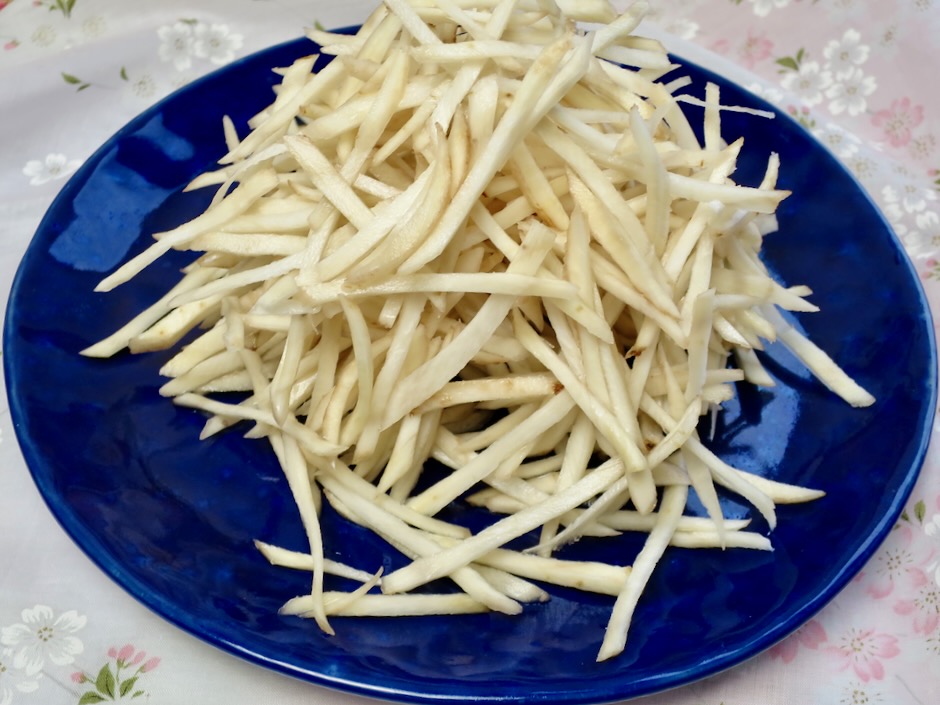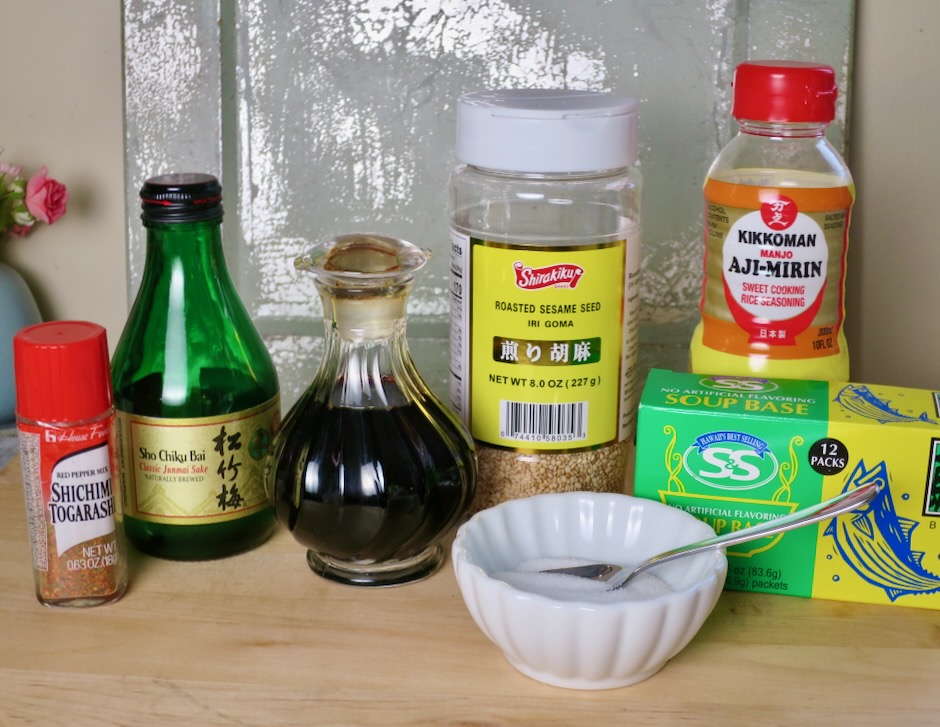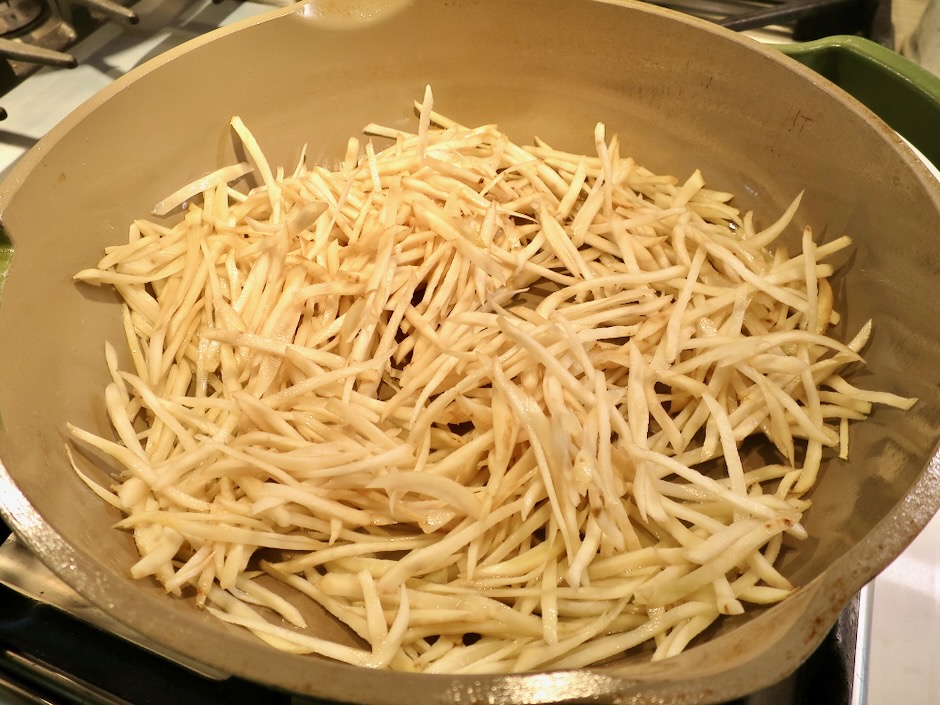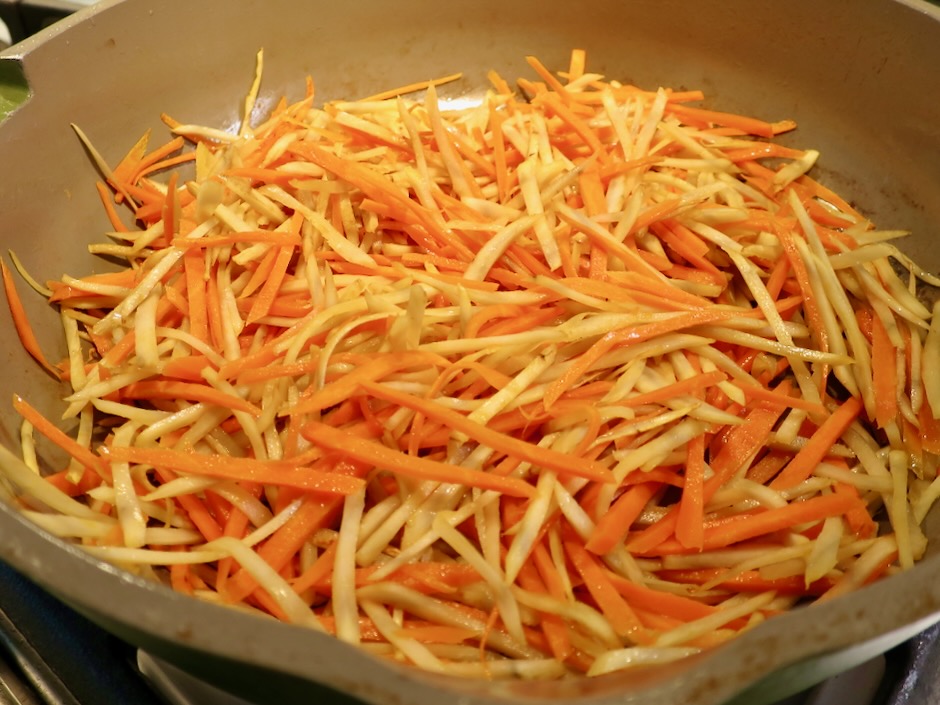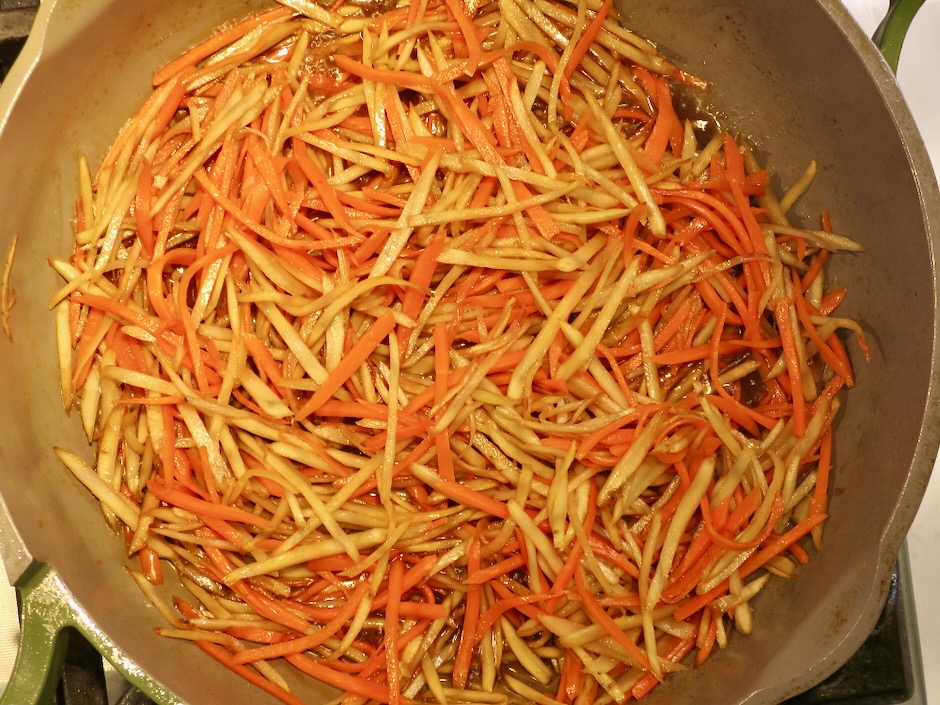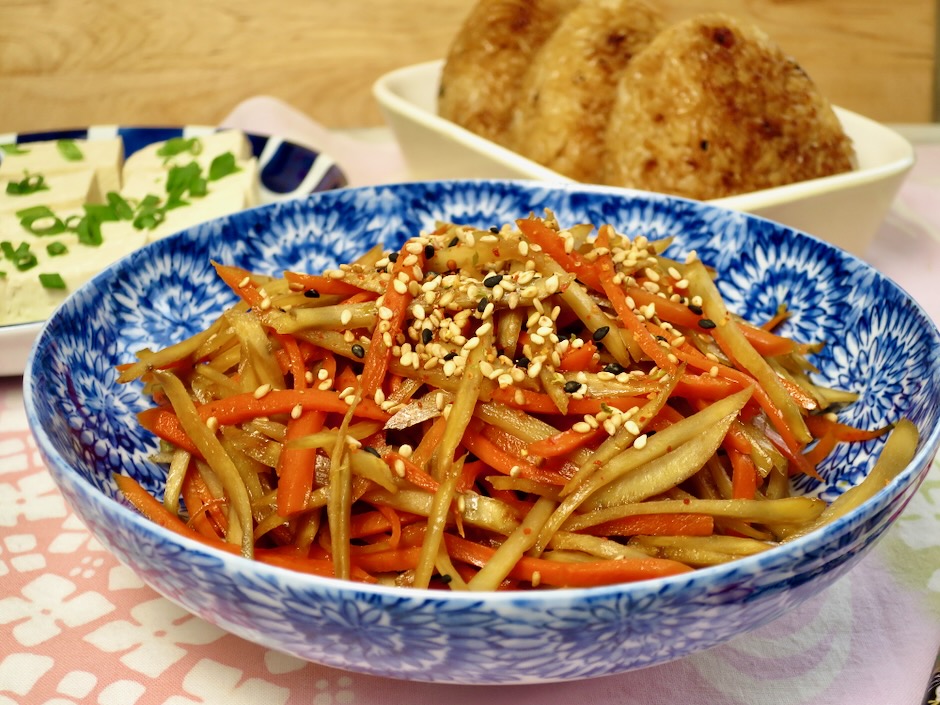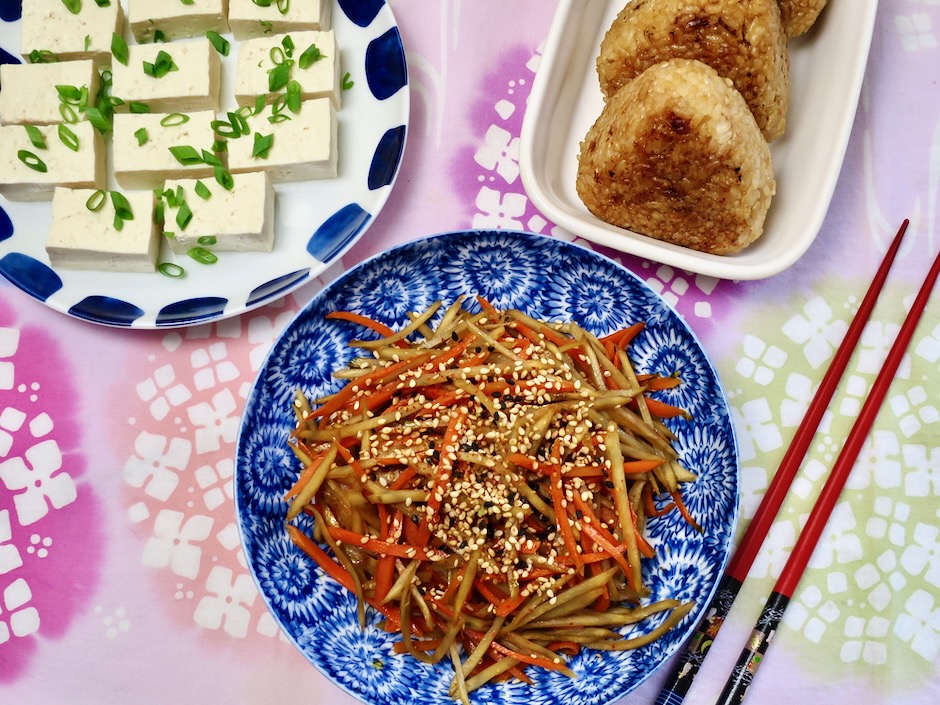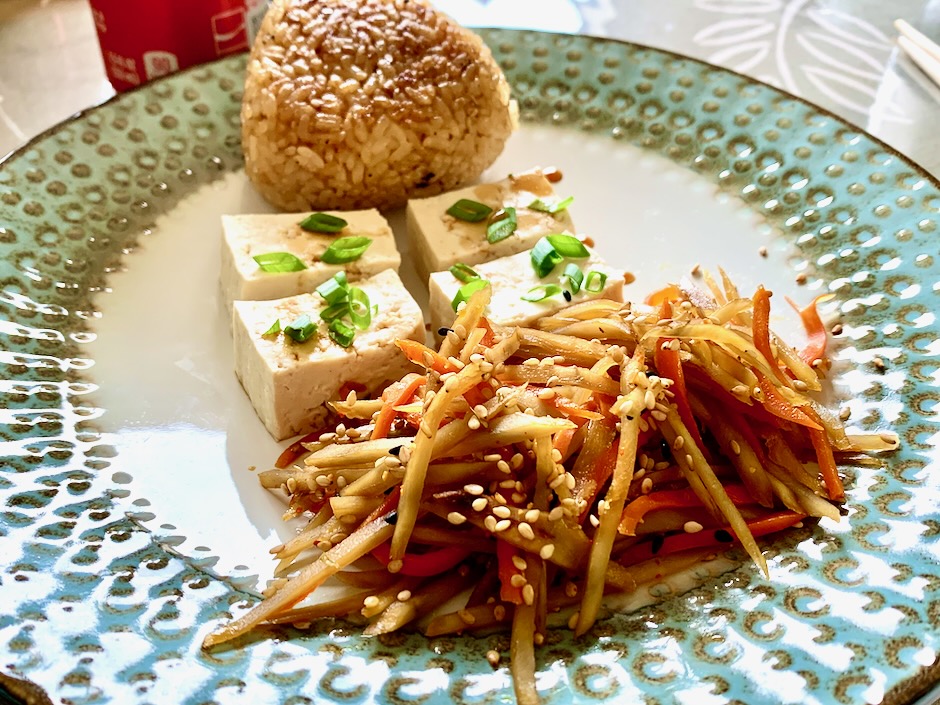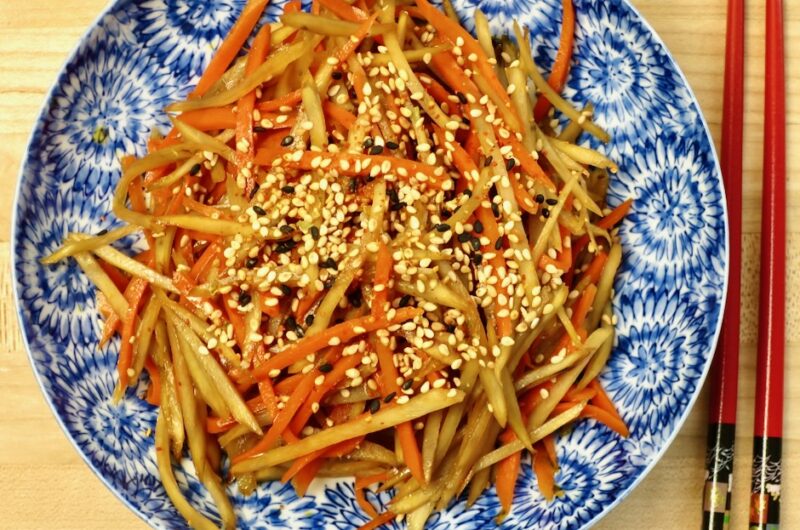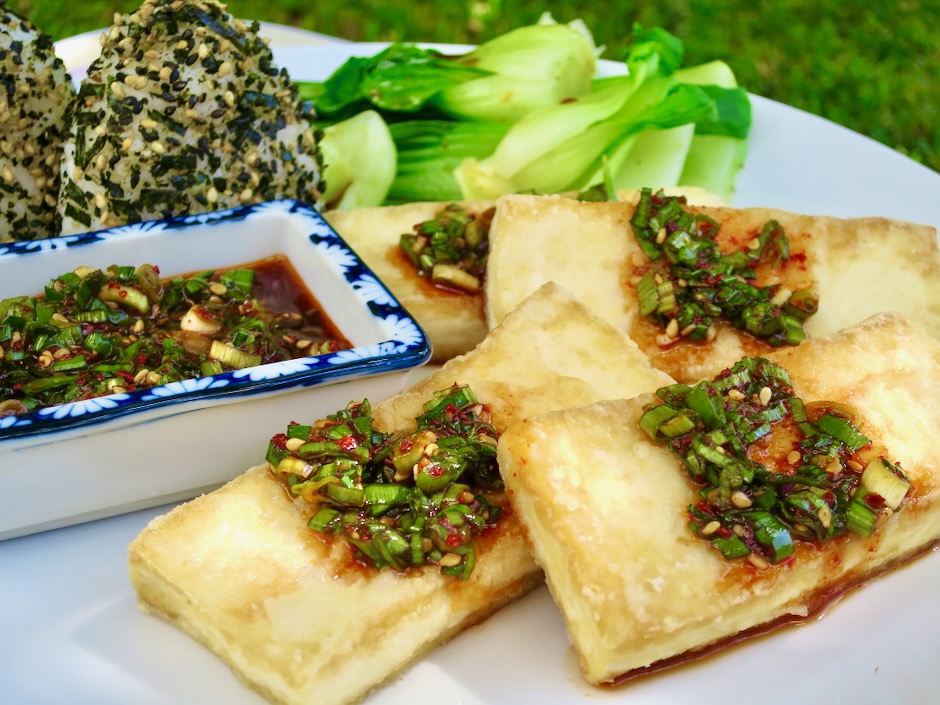
Crispy tofu drizzled with a delicious scallion sauce is an easy and tasty dish to make any day of the week. A flavorful scallion sauce is drizzled over the tofu just before serving. The savory sauce really brings this dish together and makes this one of the best ways to enjoy tofu. Serve the tofu with onigiri (Japanese rice balls) and some wilted baby bok choy for a healthy and delicious meal.
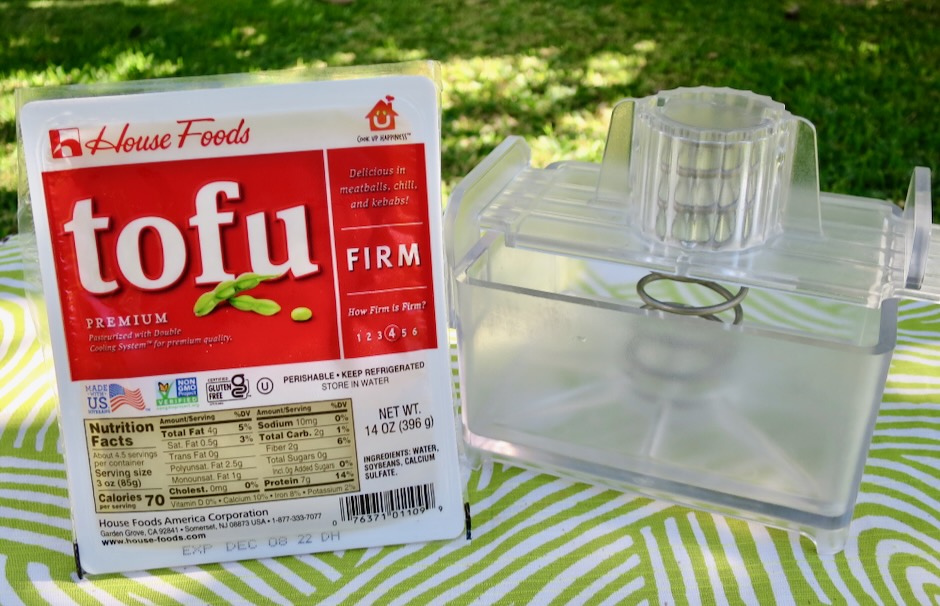
The Tofu Xpress has been one of my favorite kitchen gadgets for some time now. If you cook with tofu often, I encourage you to buy a tofu press (plenty of options online). Using a press means less waste of paper towels or kitchen towels and quicker results.


Most of the sauce ingredients are likely already in your pantry. If you are unable to find Korean chili flakes (gochugaru), you may substitute red pepper flakes. However, I highly suggest keeping a small jar of gochugaru in your cupboard. Most commonly used to make kimchi, gochugaru has multiple uses in many recipes. The slightly smoky flavor of the chili flakes with medium heat (heat can vary by brands) and gorgeous color make this one of my go to seasonings.

Initially it may seem like 3/4 cup of sliced scallions is far too much, however, the scallions will wilt once mixed with the other sauce ingredients.

Once the tofu is lightly coated with cornstarch, it is fried until both sides are firm and crispy. In order to enjoy the crispiness of the tofu, serve it right away. This is a small recipe so you won’t have any leftovers!

Adapted from Food52
Ingredients
1 (14-ounce) package firm tofu (pressed for 10 minutes)
Kosher salt
1/3 scant cup cornstarch
Neutral oil such as canola or vegetable for frying
- Soy-Scallion Sauce
2 tablespoons reduced-sodium soy sauce
1 tablespoon mirin
1 1/2 teaspoons gochugaru (substitute with 1/4 teaspoon red pepper flakes or more to taste)
1 1/2 teaspoons roasted white sesame seeds
1 teaspoon honey
3/4 teaspoon roasted sesame oil
1/2 teaspoon rice vinegar (unseasoned)
3/4 cups thinly sliced scallions
Directions
- Press out water from tofu using a tofu press or kitchen towel (about 10 minutes). Cut tofu lengthwise into 8 even slices. Lay slices on a paper towel-lined plate and pat dry. Salt the tofu on both sides. Place the cornstarch in a shallow dish and set aside.
- Let the tofu rest while you prepare the sauce. In a medium bowl, mix together all the sauce ingredients until combined (scallions will wilt as they sit).
- Pour enough oil into a large 12-inch nonstick skillet to fully coat the bottom of the pan (about 1/4 cup or so) and heat the oil over medium-high heat. Working quickly with one slice at a time, lightly coat the tofu slabs with cornstarch (gently tap to remove excess cornstarch) and carefully place them in the hot pan. Cook, flipping once, for 3-4 minutes on each side until golden and crisp (adjust heat if too high).
- Transfer the tofu to a large plate, slightly overlap the slices in two rows, and spoon sauce on top (start with a few spoonfuls, add more to taste or serve on the side). Serve immediately with onigiri and wilted greens.

